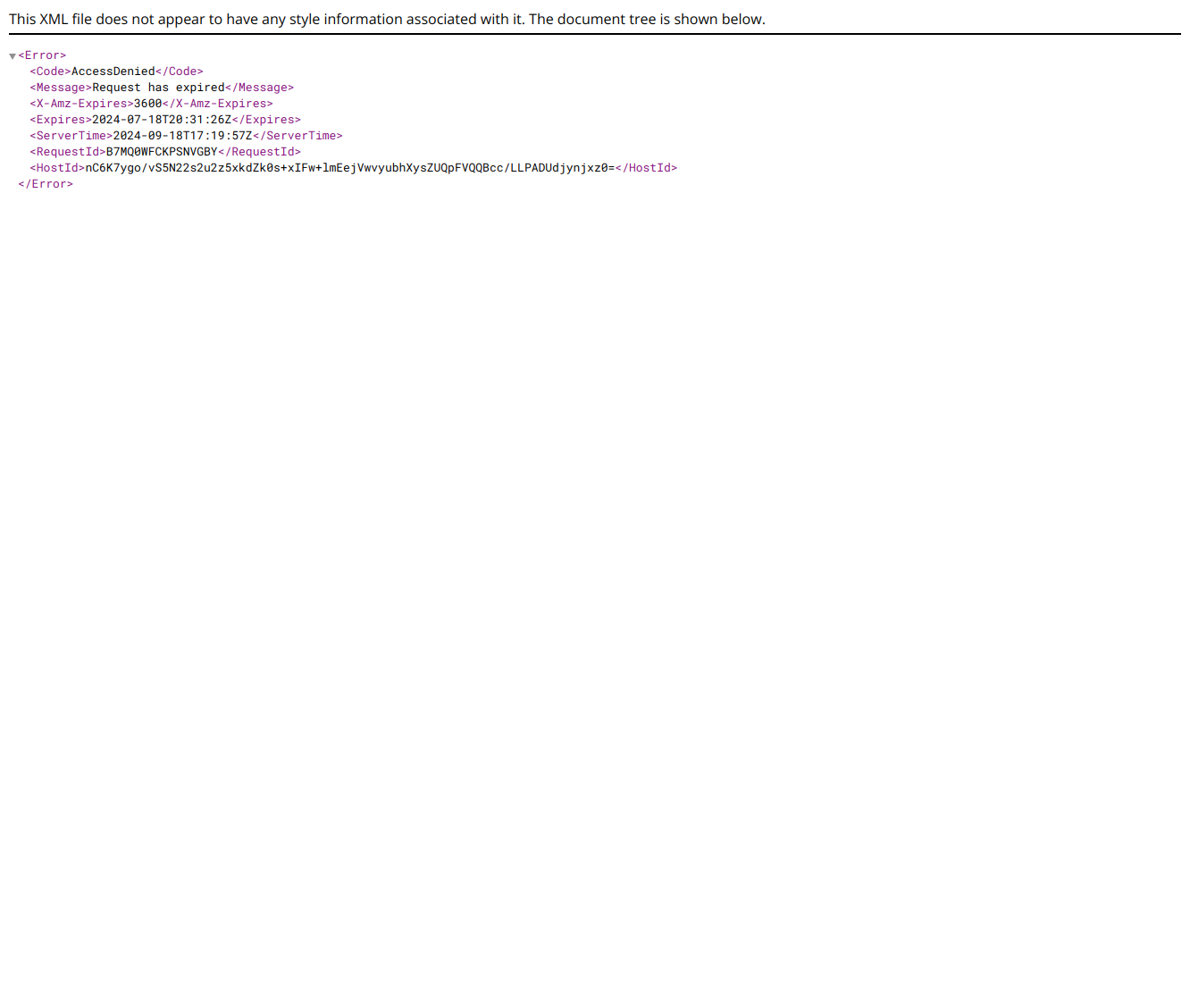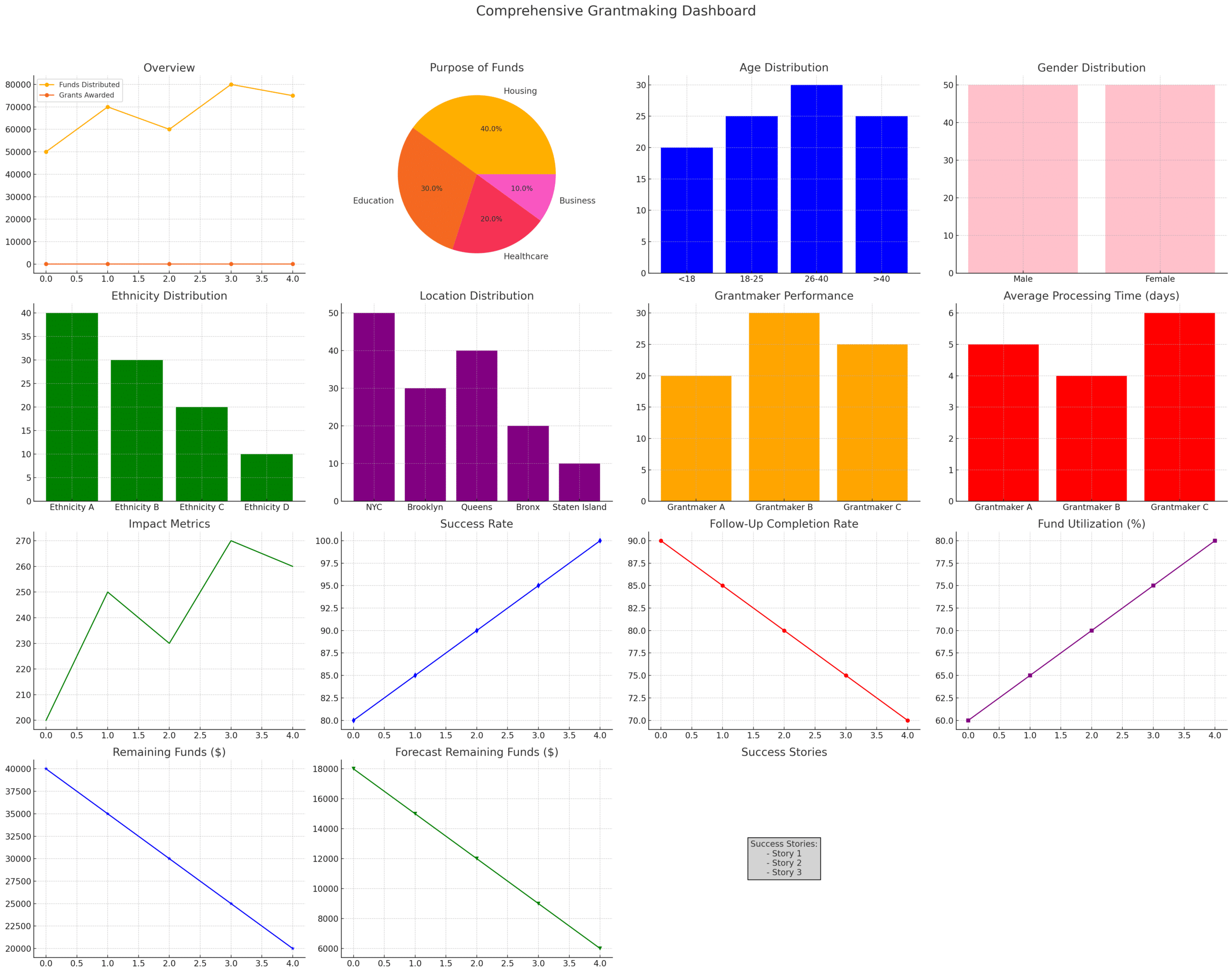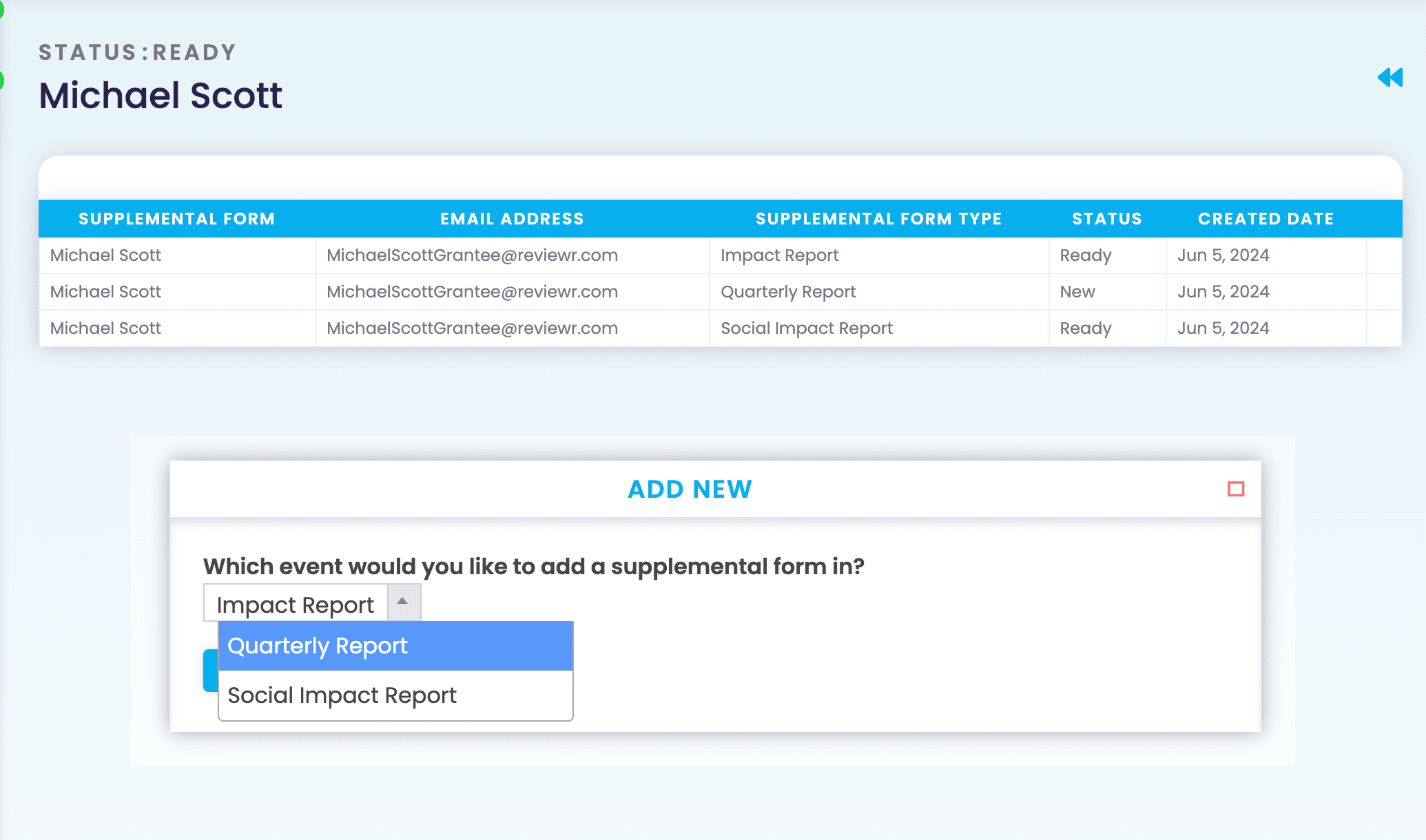
Scholarships 2.0
Schedule a Demo Calculate your ROI The Critical Importance of Systems in Scholarship Management: A Comprehensive Guide and Proven Framework In an

As a grantmaking organization, measuring the impact of your grants is crucial for demonstrating the effectiveness of your funding, ensuring accountability, and fostering continuous improvement. With the right tools and processes in place, you can transform data into meaningful insights that showcase the tangible benefits of your investments. In this blog, we’ll explore the importance of measuring grant impact, provide tips on how to collect and report data, and describe what an impactful report looks like.
Understanding the impact of your grants goes beyond simply tracking how funds are spent. It’s about assessing whether your grants achieve the intended outcomes and create positive change within the community. Here are a few reasons why measuring impact is essential:
Creating a comprehensive impact report involves several key steps. Here’s how to ensure your report is thorough and effective:
Define Your Goals and KPIs: Start by clearly defining the goals of your grant program and identifying the key performance indicators (KPIs) that will help measure progress towards these goals. KPIs could include metrics such as the number of beneficiaries served, improvements in specific outcomes, or changes in community conditions.
Collect Data: Work closely with grantees to collect the necessary data. This might involve surveys, interviews, and the submission of regular progress reports. Use a grant management software like Reviewr to streamline this process by allowing grantees to submit updates and reports directly through their profiles.
Analyze the Data: Once you’ve collected the data, analyze it to identify trends, successes, and areas for improvement. Look for both quantitative and qualitative data to get a comprehensive understanding of the impact.
Draft the Report: Organize your findings into a clear, concise report. Include an executive summary, detailed analysis of KPIs, success stories, challenges encountered, and lessons learned. Visual aids such as graphs, charts, and infographics can help make your data more accessible and engaging.
Share the Report: Distribute your impact report to stakeholders, including donors, board members, and the community. Consider publishing it on your website and promoting it through social media and email newsletters.

Effective data collection is key to creating a meaningful impact report. Here are some tips to ensure you gather the information you need:
Set Clear Expectations: From the outset, communicate with grantees about the importance of impact measurement and what data they will need to provide. Include these requirements in your grant agreements.
Provide Training and Support: Offer training sessions and resources to help grantees understand how to collect and report data. This might include webinars, written guides, and one-on-one support.
Use Reviewr Grant Management Software: Leveraging technology can greatly enhance the efficiency and accuracy of your data collection process. With Reviewr, grantees can easily access their profiles and select from a list of post-grantee deliverables. Here’s how it works:
Regular Check-Ins: Schedule regular check-ins with grantees to review their progress and address any challenges they might be facing in collecting data. This ensures continuous communication and support.
By using Reviewr Grant Management Software, you can streamline the data collection process, making it easier for both grantees and grantmakers to track and report on the impact of grants. This not only saves time and resources but also enhances the accuracy and comprehensiveness of your impact reporting.

An impactful report should be comprehensive yet concise, data-driven yet narrative-rich. Here’s a template to guide you:
Measuring and reporting the impact of your grants is a vital part of the grantmaking process. By following the steps outlined in this blog, you can create detailed, impactful reports that showcase the value of your grants and drive continuous improvement. With tools like Reviewr, managing the full lifecycle of your grant programs becomes streamlined and efficient, allowing you to focus on what truly matters – making a difference in your community.
For more information on how Reviewr can help you manage your grant programs and measure impact like a pro, visit the Reviewr Grant Management Software.

Schedule a Demo Calculate your ROI The Critical Importance of Systems in Scholarship Management: A Comprehensive Guide and Proven Framework In an

Schedule a Demo Measure your grants ROI TL;DR: Why Systematic Grant Management Matters Problem: Most grantmakers use disconnected tools (spreadsheets, email, shared
